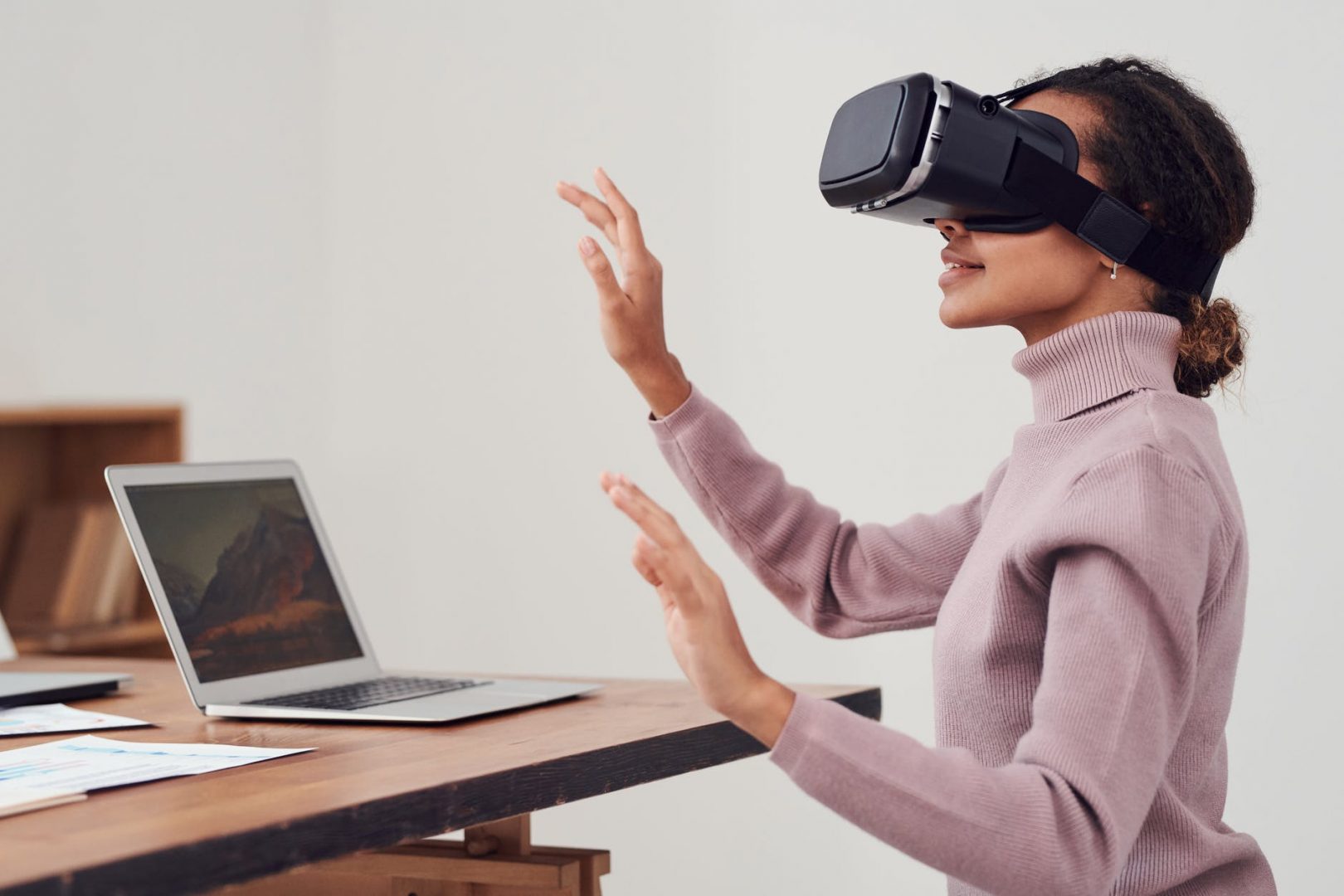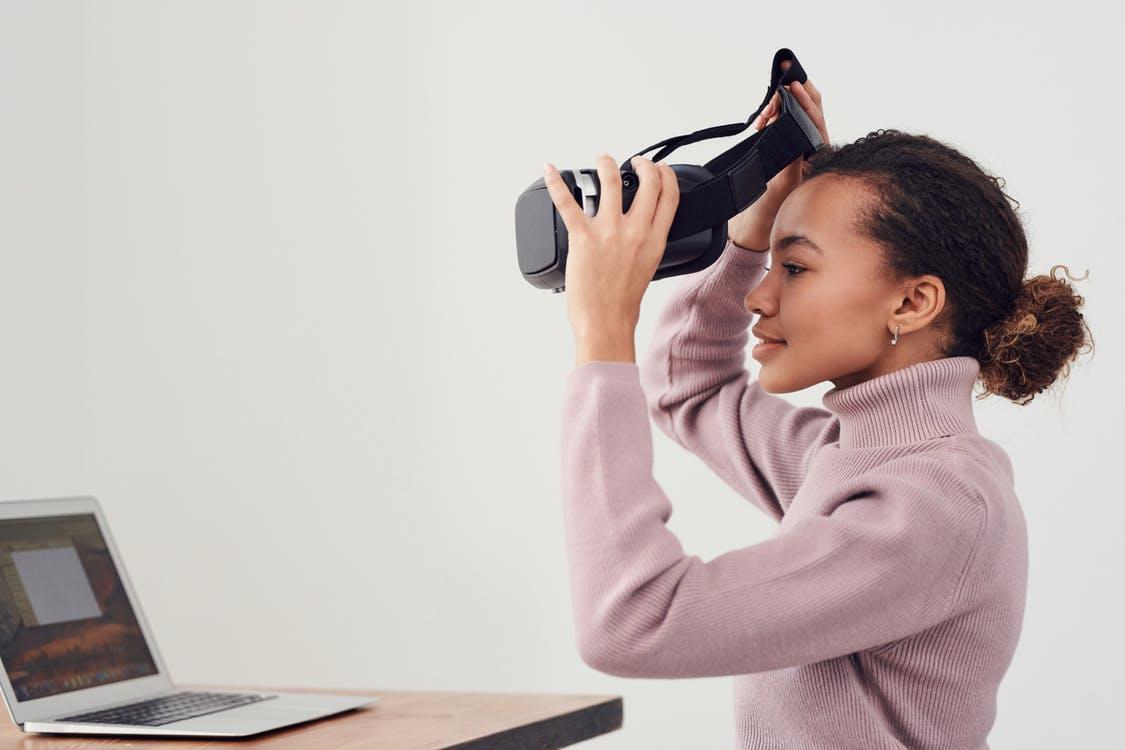Virtual Reality is an artificial world that is created using technical methods. An integral part of VR is the impact on the human senses: sight, hearing, smell, touch and others. The term “virtual reality” basically means “almost reality”.
How does VR work?
Almost everyone knows what VR glasses are. Virtual reality glasses are becoming more and more popular in the gaming, live casinos and entertainment fields. They are lighter and more comfortable to wear than a standard head-mounted display (HMD) and include a range of many interactive devices.
The most important part of any virtual reality device is the monitor. There are VR glasses / helmets with a built-in display and there are glasses where you can insert your smartphone. In order not to damage the image and to create an immersive effect, magnifying lenses with the ability to adjust the focal length are located between the display and the eyes.
Another important part of the VR device is the head tracking and computing system. Tracking is carried out thanks to a board with a gyroscope and an accelerometer. It determines the angle of inclination/rotation of the head and the change in height. And a computer system with external ports processes data and transmits it bilaterally.
Virtual reality can become not just entertainment for the person of the future, but a refuge. For example, in the event of global cataclysms, humanity will be able to immerse in virtual suspended animation. Also, during long-distance space flights, it will help to fight the fear of confined spaces without leaving a cramped cabin.

How this technology applied in real life
Thanks to the immersive effect created by virtual reality devices, they can be used not only for diving into virtual worlds, but also for a remote presence. For example, it would be possible to watch a football match from the best seat in the stadium without leaving home. It is also possible to take part in real live casino games virtually. It is already real today.
Virtual simulators help to master complex apparatuses. They are like a game. You run the program, it shows the object you are interacting with, the operator’s console, the same instruments, columns, all the same data from the real system: pressure, temperature, feedstock supply. There is a complete feeling that you are working with a specific production, but without physical presence. Here you can also change the parameters: for example, simulate a valve failure. The operator must determine and correct the fault. Thus, on the simulator you can work out all deviations from the normal equipment’s operation, troubleshoot an actions and minimize risks.



